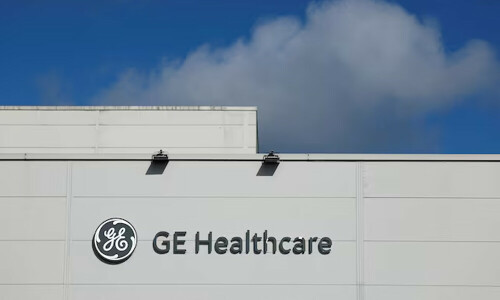GE HealthCare Technologies Revises Profit Outlook
GE HealthCare Technologies has lowered its full-year profit forecast, citing challenges stemming from the ongoing global trade tensions initiated by U.S. tariff policies. The medical device manufacturer faces headwinds as a result of these escalating trade disputes.
Despite the revised forecast, company shares experienced a surge of over 6% in premarket trading following the release of quarterly profit and revenue figures that surpassed Wall Street expectations. The corporation also revealed that its board had approved a share buyback program amounting to $1 billion.
Trade policies, particularly those targeting China, have involved increased tariffs on essential raw materials utilized in both the pharmaceutical and medical device industries. The U.S. administration has also initiated an inquiry into pharmaceutical and semiconductor imports, potentially leading to additional tariffs on these sectors.
The company now anticipates a reduction of 85 cents in its full-year adjusted earnings per share, projecting a range of $3.90 to $4.10 per share. This contrasts with the previous guidance of $4.61 to $4.75 per share.
According to BTIG analyst Ryan Zimmerman, the revised forecast appears to account for current tariff levels without factoring in potential improvements in trade agreements. He suggested that this represents a conservative, ‘worst-case’ scenario.
The company’s forecast considers existing bilateral tariffs between the U.S. and China, duties imposed on Mexico and Canada, and the anticipated reinstatement of reciprocal levies on other nations to pre-pause levels in July.
The company noted that the initial impact of the tariffs, which were implemented in February, did not significantly affect its first-quarter performance.
GE HealthCare reported a quarterly adjusted profit of $1.01 per share, exceeding the consensus analyst estimate of 91 cents per share, as per LSEG data.
The company’s quarterly revenue reached $4.78 billion, surpassing the estimated $4.66 billion. This growth was primarily driven by strong performance in the U.S. and its prominent imaging division.



Comments (0)
No comments yet. Be the first to comment!
Leave a Comment